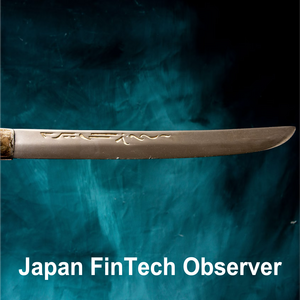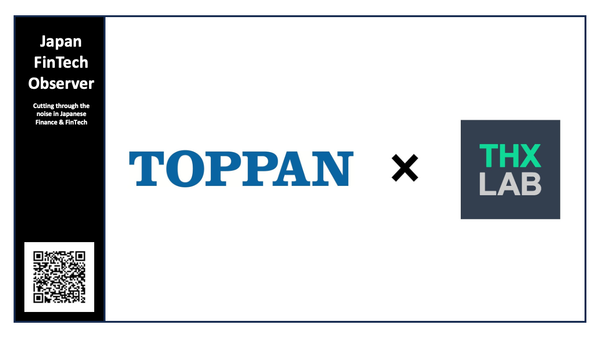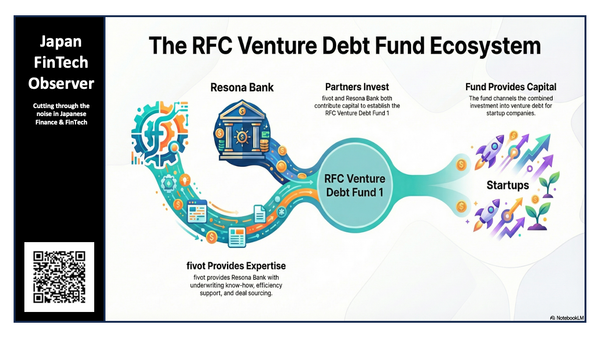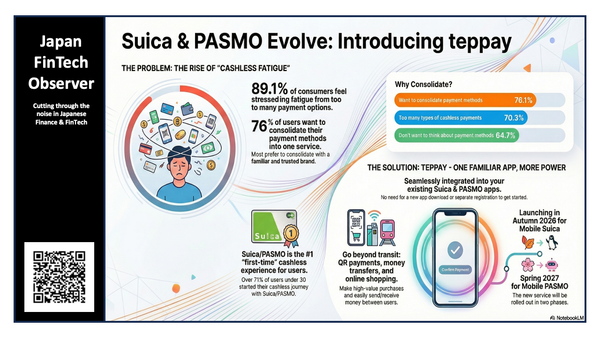A Matter of National Security: Japan's Food Self-Sufficiency Ratio Stagnates at 38%
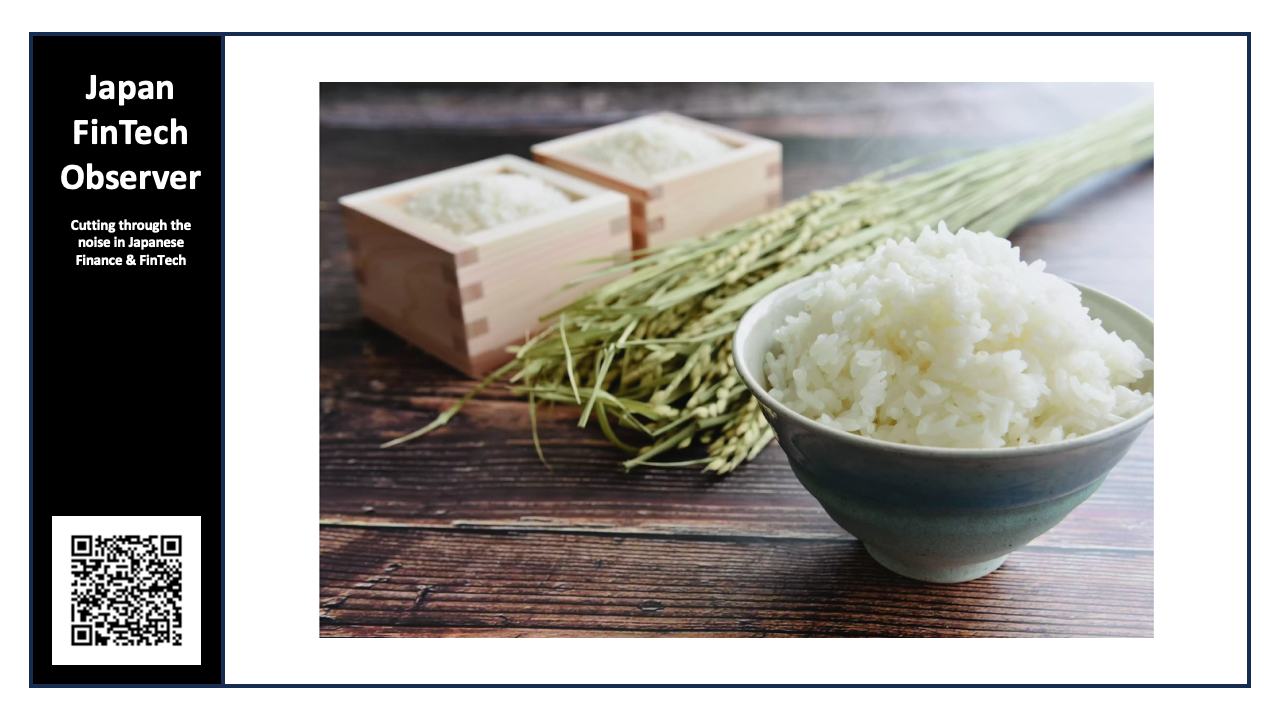
Japan's food self-sufficiency rate on a calorie basis remained unchanged from the previous year at 38% for fiscal year 2024, tying the second-lowest figure on record. The data, released by the Ministry of Agriculture, Forestry and Fisheries (MAFF) on Friday, paints a picture of a nation heavily reliant on foreign imports for staple commodities, despite shifts in domestic production and consumption patterns.
In contrast, the self-sufficiency rate on a production-value basis saw a notable increase, rising three percentage points to 64%. This divergence underscores the impact of fluctuating crop yields and sharp price increases, particularly for rice, on the two primary metrics used to measure the nation's food security.
The fiscal year 2024, which ran from April 1, 2024, to March 31, 2025, saw the average daily calorie supply per capita rise to 2,248 kcal from 2,197 kcal in the previous year.
Japan's extremely low energy self-sufficiency rate, with the last reading from November 2024 at 15.2%, is more widely understood than the matter of food security. We have argued previously, for the example at the Impact Future Weekend in May 2025, that Japan's priorities for startup ecosystem development should be much more tilted to the three critical sectors of defense, (renewable) energy, and food.
Key Metrics Explained
Japan uses two main methods to calculate its overall food self-sufficiency:
- Calorie-Based Rate (38%): This is the primary indicator for food security, measuring the proportion of calories supplied by domestic production against the total calories consumed by the population.
- Production Value-Based Rate (64%): This metric compares the monetary value of domestic food production to the total value of food consumed domestically. It is more sensitive to price changes and the production of high-value items like vegetables and meat.
MAFF also reports the Food Domestic Production Rate, which does not penalize livestock production for using imported feed. On this basis, the calorie rate is 47% and the value-based rate is 69%, highlighting the significant role of imported animal feed in Japan's food system.
Factors Behind the Stagnant Calorie-Based Rate
The 38% calorie-based rate was a result of competing positive and negative factors:
- Positive Drivers:
- Rice Consumption: Per capita consumption of rice, Japan's primary staple, saw a significant increase of 6.1%, rising from 50.3 kg to 53.4 kg annually. With a domestic self-sufficiency rate of 97%, this directly boosted the overall figure.
- Sugar Production: Favorable weather conditions led to a 25% increase in domestic sugar production from sugar beet and sugarcane, which positively contributed to the national calorie supply.
- Negative Drivers:
- Wheat and Soybean Decline: Domestic production of wheat fell by 6% and soybeans by 3% due to reduced yields. As Japan relies heavily on imports for these commodities (wheat self-sufficiency is 17%, soybeans just 7%), this decline had a notable negative impact.
- Vegetable and Seafood Production: Production volumes for key vegetables like cabbage, daikon radish, and onions decreased by 4%. Similarly, the seafood catch, particularly for scallops, saury, and salmon, also declined by 4%.
Production Value Rate Rises on Price Hikes
The three-point jump in the production value-based rate to 64% was driven almost entirely by price inflation, rather than increased output.
- Soaring Rice Prices: The unit price of domestic rice surged by 64%, dramatically increasing the total value of its production.
- Higher Vegetable and Livestock Prices: Price increases for vegetables and livestock products, such as pork (+9%), also contributed to a higher overall domestic production value.
- Seafood Value Decline: Despite higher prices for some items, the overall 4% drop in seafood production volume led to a decrease in the sector's total production value, partially offsetting gains elsewhere.
Long-Term Trends and International Standing
Japan's food self-sufficiency has seen a dramatic long-term decline. In 1965, the calorie-based rate stood at 73%. The shift is largely attributed to the "westernization" of the Japanese diet, with a decrease in rice consumption and a significant increase in the consumption of meat, fats, and oils, which depend heavily on imported grain for feed and raw materials.
Since the early 2000s, the calorie-based rate has hovered around the 40% mark, consistently ranking Japan as one of the lowest among major developed nations.
- International Comparison (2022 Data):
- Canada: 177%
- Australia: 247%
- France: 118%
- United States: 101%
- Germany: 79%
- United Kingdom: 59%
- Japan: 38%
The data underscores Japan's vulnerability to global supply chain disruptions, climate change affecting exporting nations, and geopolitical instability. The government continues to set targets to raise the self-sufficiency rate as a cornerstone of its national security policy, but the latest figures show that making substantial progress remains a formidable challenge.


